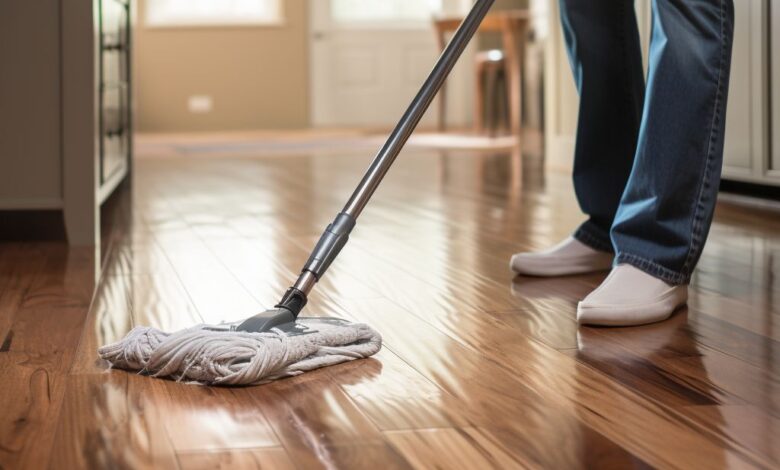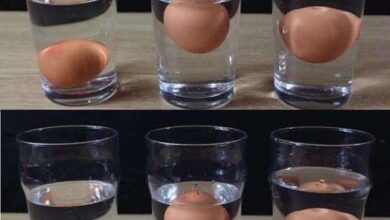How often should you mop your floors? Everything you need to know

Maintaining clean floors is crucial for a hygienic living space. Regular mopping not only keeps your floors looking great but also removes dirt, dust, and allergens. However, determining how often to mop depends on various factors such as floor type, household traffic, and environmental conditions.
ADVERTISEMENT
Determining the Mopping Frequency
1. Assess Your Floor Type
The type of flooring influences the frequency of mopping:
ADVERTISEMENT
- Tile and Linoleum Floors: These can withstand frequent mopping.
- Hardwood Floors: Require minimal moisture and should be mopped with a damp, not wet, mop.
- Laminate Floors: Clean with a dry or slightly damp mop to prevent warping.
- Stone Floors: Use special cleaning solutions and mop according to the sealant and stone type.
2. Consider the Room’s Usage
Tailor your mopping frequency based on the room’s function and foot traffic:
ADVERTISEMENT
- High-Traffic Areas: Like kitchens and bathrooms may require weekly mopping.
- Entryways and Hallways: Need more frequent mopping due to tracked-in dirt.
- Living Rooms or Bedrooms: With less traffic, mop every two weeks or monthly.
3. Analyze Household Habits and Composition
Household dynamics impact cleaning needs:
- Homes with Pets: Regularly mop to combat shedding and dirt tracking.
- Children: Accidental spills and messes may necessitate more frequent mopping.
- Indoor Shoe Wear: Leads to more dirt accumulation and requires more frequent mopping.
4. Seasonal Considerations
Adapt your mopping schedule to seasonal changes:
- Rainy or Snowy Seasons: More frequent mopping to address moisture and mud.
- Dry Seasons or Climates: Dust accumulation increases, requiring more frequent mopping.
Best Practices for Effective Mopping
1. Use the Right Cleaning Supplies
Invest in quality mops and suitable cleaning solutions for your floor type.
2. Prep Your Floors
Prior to mopping, sweep or vacuum to remove loose dirt and debris.
3. Maintain a Regular Schedule
Stick to a consistent mopping routine to preserve your floors.
4. Be Water Conscious
Avoid over-saturating floors to prevent damage.
5. Address Spills Promptly
Clean up spills immediately to prevent stains and maintain cleanliness.
In conclusion, the frequency of mopping depends on several factors including floor type, room usage, household composition, and seasonal changes. By understanding these factors and following best practices, you can ensure your floors remain clean and well-maintained.




